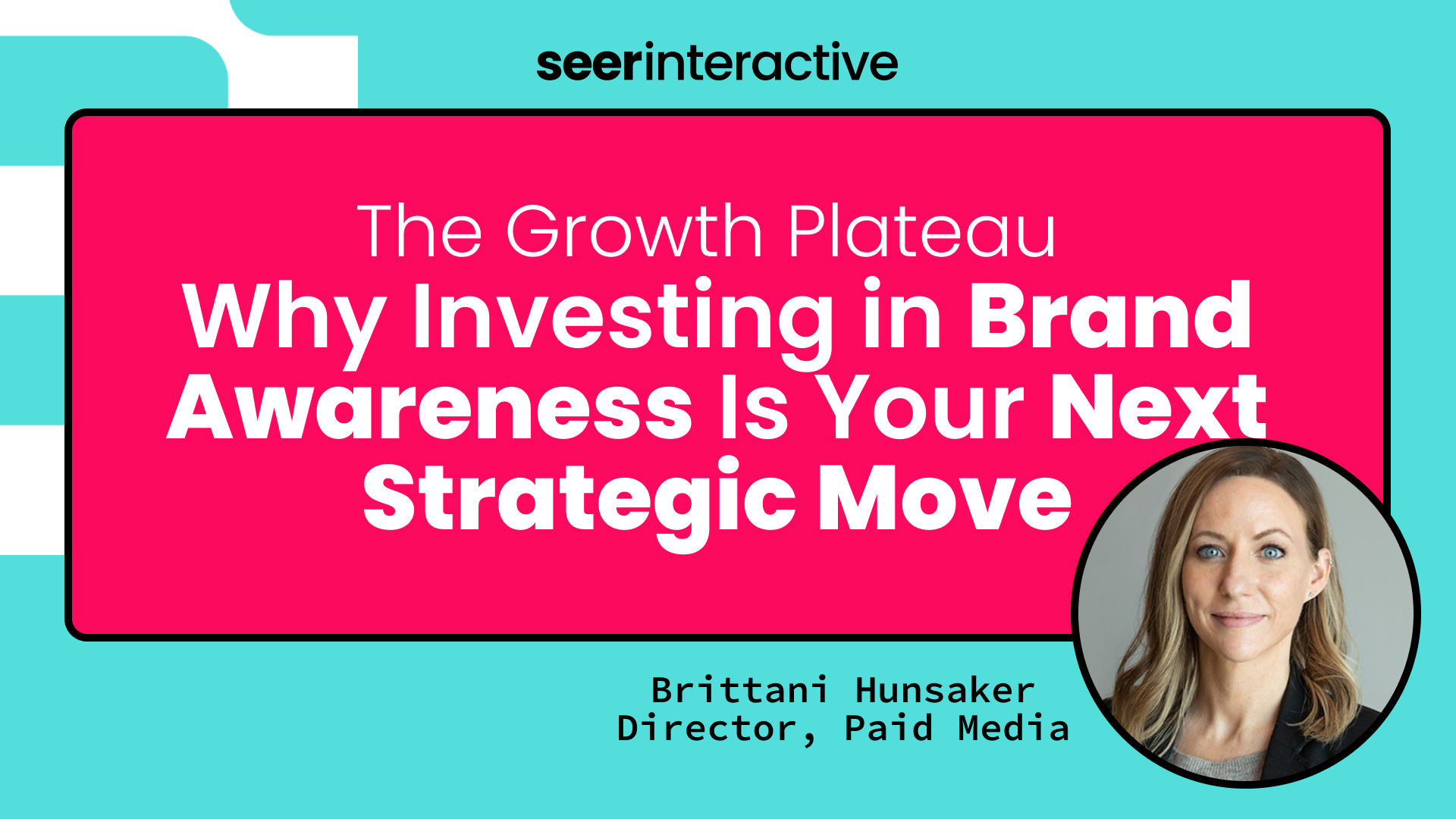User Generated Content ("UGC") is one of today's hottest topics in digital marketing. Taking content created by customers (organic UGC) or influencers (influencer UGC) and repurposing it for the company to advertise, has skyrocketed in popularity. The days of spending millions on highly polished and expensive creative seems to be changing rapidly.
For example, Facebook reported that in 2021, UGC drove 6.9x higher engagement than traditional brand advertisements while influencer marketing as a whole is predicted to become a $4.14 billion dollar industry in 2022 alone.
Interview with Michelle Brown
It’s not everyday you get to work alongside a social media celebrity. Well, actually, for me at Seer -- it is everyday:

Michelle Brown is a Sr. Associate on our Paid Social team, and also happens to be @missbedhead -- one of the most popular product reviewers on TikTok (here's what happened when Seer found out!)
With over 348K followers and 8MM+ likes, she's worked with countless brands to elevate their presence on TikTok with UGC. That's why I sat down with her to explore how brands can better utilize UGC and influencers in their marketing strategy.
Check out the snippets from our full interview below:
What Steps Should Brands Take Before Launching UGC / Influencer Marketing?
In terms of influencer marketing they should know the content creators and influencers' worth before they reach out to them.
Estimating the cost of an influencer or customer's time is important as well as understanding the cost of taking up real estate on their digital presence. That goes along with having a set budget for what you want to spend on UGC. I’ve found that the companies that have done the best research on how their brand is perceived and engaged with will generally receive the highest returns on their UGC investment.
Understand what is already being talked about with regards to your brand so that you can organically engage with consumers. The most engaging type of content is always changing on social media, and companies that can adapt and be proactive in their UGC content can always stay ahead of the competition.
💡Related: Intro to Influencer Marketing
What are the Strengths vs Weaknesses of UGC?
There are a ton of strengths to UGC! First off, it’s cheap. You don’t need to spend 1000’s on an asset, you can have consumers make the content for you!
That leads to the next big pro which is that the ads are more personable than traditional advertisements. The narrative of the asset is person focused rather than brand focused.
People trust each other more than they trust brands.
UGC works to spread word-of-mouth at a far greater level than traditional brand advertising. Customers feel less like they’re being "sold to" on high quality UGC ads, rather it starts a conversation with users.
In terms of cons, UGC ads are less evergreen, meaning their utilization across multiple platforms and marketing funnels is limited.
I also find that UGC doesn’t lend itself well to showcasing multiple different unique selling points in a single ad. The more descriptive the UGC becomes, generally the more the customer feels “sold to” and thus lower performance. You can combat this by creating multiple different UGC ads across multiple different value propositions.
Finally, UGC is really most effective in short-form video, so if your company is best positioned on image and static placements, UGC might not be the most effective.
💡Related: Paid Social Creative Best Practices
What Type of UGC Content is Best for Marketing?
I’d say that all forms of UGC are valid to your marketing efforts, but it is worth testing at a high level among specific value propositions. It really depends on the brand or product being utilized. The same rule still applies across all UGC ads, which is that customers don’t want to feel "sold to".
💡Related: TikTok Advertising Guide
How Can Brands be Authentic When Leveraging UGC?
I’d say the biggest strategy I’d recommend is researching what consumers are saying naturally about your brand or industry.
Knowing what customers like or don’t like, reading comments, or understanding what style of ad they resonate most with, really helps set your brand apart from the competition. Using filters and visual styles that are trendy within the platform, make the content feel more like a post and rather than an ad.
Trends come and go on social platforms at an incredible rate. Some stay for months while others last for a week. Being on top of these trends helps you stay fresh.
Finally, having a good relationship with your customers and influencers really helps generate word-of-mouth.
I’d much rather work with a brand that I feel supported by, rather than a brand that just blindly uses my content.
I’ve made plenty of content for brands for free in the past just because I felt supported and enjoyed their products.
What is the Future of UGC? What Trends Should Marketers Look Out For?
I feel really strongly about the future of audio within UGC.
UGC used to be really focused on just the visual element with some random happy song in the background. What I’m finding is that voiceovers and narrations are really allowing brands to create a better consumer experience while being more engaging.
Having testimonials or product review audio within your UGC allows for brands to be even more purposeful with their UGC value propositions, and helping consumers convert at a much higher rate.
Work with Us
We're hiring Associates to Managers -- join our growing Paid Social team:


